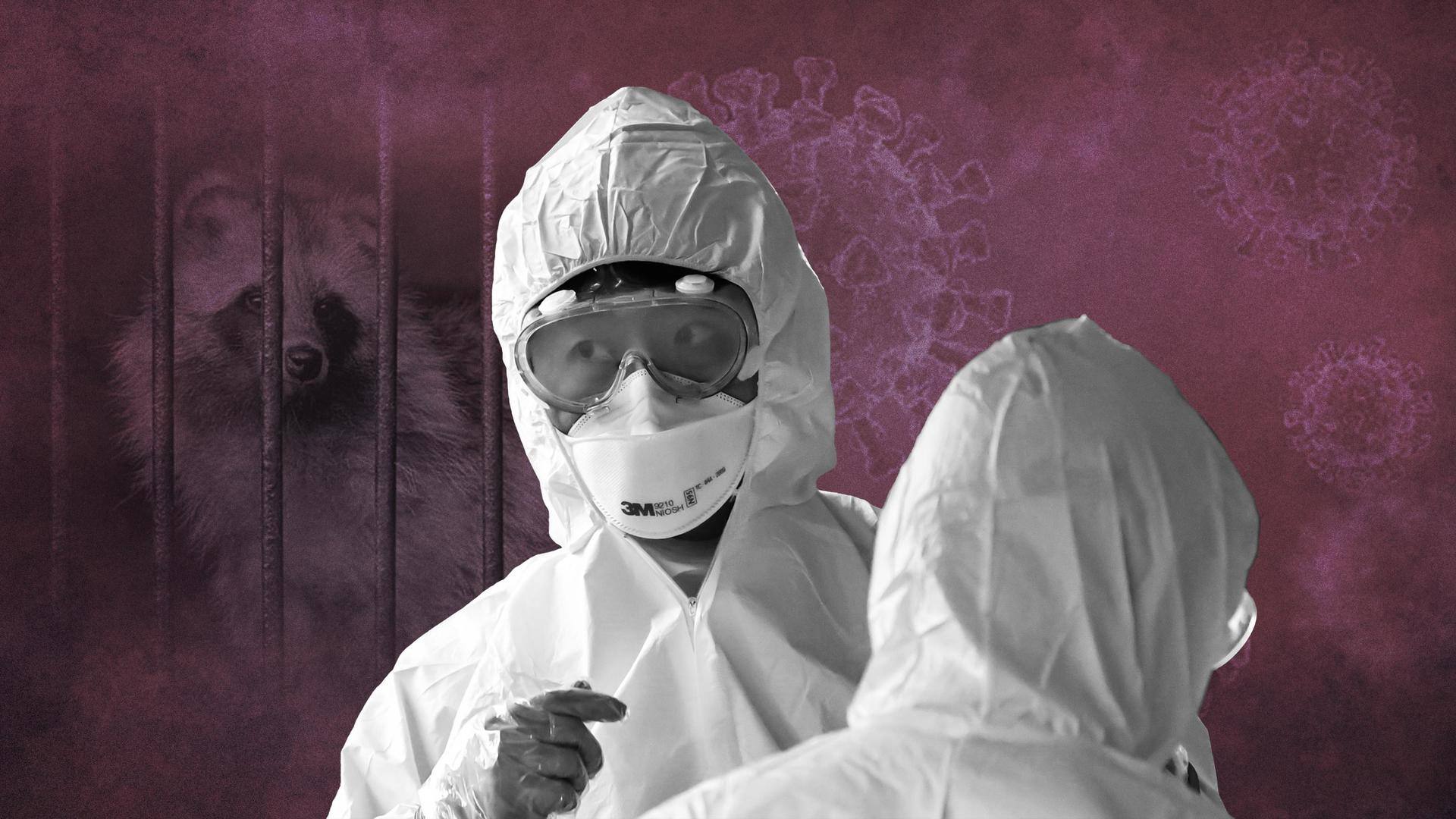
Chinese scientists publish data on COVID-19 origins after three years
What's the story
Three years after repeated calls from the World Health Organization (WHO) and researchers across the world, scientists from China have published the data collected in 2020 during the beginning of the pandemic, which sheds light on the origin of COVID-19. The analysis shows swabs that tested positive contained genetic material from wild animals, indicating that the disease was initially transmitted from animals to humans.
Context
Why does this story matter?
COVID-19 was first detected in the wet market of China's Wuhan and quickly spiraled into a pandemic. Since then, numerous theories about the virus's origins have cropped up, including bats and pangolins—an endangered species sold in Chinese markets. Several US reports accused China of leaking the virus from a lab to destabilize the global economy, an accusation that China vehemently opposed.
Details
Complete genetic information not provided
Reportedly, the research team published an early version of the study online in February 2022 but didn't furnish the complete genetic information of the samples collected from the Huanan seafood and wildlife market. This new analysis was peer-reviewed and then published in the science journal Nature. It showed that the samples collected from areas where wild animals were being sold tested positive for COVID-19.
Raccoon
Study aligns with report by international researchers
The analysis aligns with the findings of a report published last month by an international team of experts, which suggested that the virus might have originated from raccoon dogs and not bats, as the popular theory speculates. The study drew its conclusion based on genetic data from swabs collected in 2020 from floors, walls, carts, and cages used for animals at the Huanan market.
Ambiguity
Still no definitive proof of origin: Study
However, the scientists have highlighted that their analysis does not provide definitive proof of the origin of the virus. The paper notes that the environmental samples cannot prove if the animals were infected with the virus. It is still possible, it adds, that the virus was introduced into the market by an infected person rather than an animal.
Information
Question mark persists on China releasing data after three years
While some see the analysis as absolution for China in the allegations that it created the virus in a lab for biological warfare, others have warned against it, citing the three-year delay on China's part in making the analysis public.